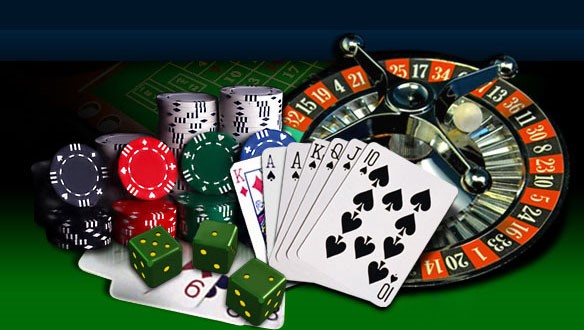Online casino games offer an exciting way to enjoy entertainment and win rewards from the comfort of your home. Players can explore a wide range of games, from classic slots to interactive table games, each designed to provide engaging gameplay and big chances of winning. The thrill of spinning reels, drawing cards, or rolling dice keeps players coming back for more. Beyond the games themselves, hidden mega bonuses add extra value, giving players opportunities to increase their winnings and enhance their overall gaming experience.
Online casinos offer diverse gaming options for all types of players. Popular games include:
- Slot Games: Simple to play with exciting themes and bonus features.
- Card Games: Classic options like poker and blackjack that test skill and strategy.
- Roulette and Dice Games: Easy to enjoy with quick results and high entertainment value.
- Live Dealer Games: Real-time gameplay with interactive dealers for a more immersive experience.
Each game type is designed to cater to different player preferences. Beginners can start with slots, while experienced players may enjoy card and strategy-based games.
Unlock Hidden Mega Bonuses

One of the most appealing aspects of online casinos is the potential to unlock hidden bonuses. These free credit no deposit rm5 bonuses can significantly boost your gaming experience and increase your chances of winning. Key bonus types include:
- Welcome Bonuses: Extra credits for new players to start playing with added funds.
- Deposit Bonuses: Additional rewards based on the amount you deposit.
- Free Spins: Play slot games without using your own funds while still earning potential rewards.
- Loyalty Rewards: Special perks for regular players, including cashback, exclusive bonuses, and VIP privileges.
Hidden bonuses are often not immediately visible, so exploring game features, checking promotions, and staying active can help you uncover them.
Tips to Maximize Your Online Casino Experience
To make the most of your online casino experience, consider these strategies:
- Set a Budget: Play responsibly and avoid overspending.
- Choose Games Wisely: Focus on games that match your skill level and interest.
- Look for Bonus Opportunities: Always check for available bonuses and promotions.
- Practice before Betting Big: Many games offer free modes to practice before wagering real money.
- Track Your Winnings: Keep a record of your gameplay to monitor success and improve strategy.
By following these tips, players can enjoy a balanced and rewarding gaming experience while staying in control of their finances.
Playing online casino games is both entertaining and potentially rewarding. With a wide selection of games and hidden mega bonuses, players can maximize their enjoyment and increase their chances of winning. By exploring different game types, taking advantage of bonus opportunities, and practicing responsible gaming, you can turn your online casino sessions into thrilling and profitable experiences. Discover the excitement, unlock hidden rewards, and enjoy every moment of your gameplay.

